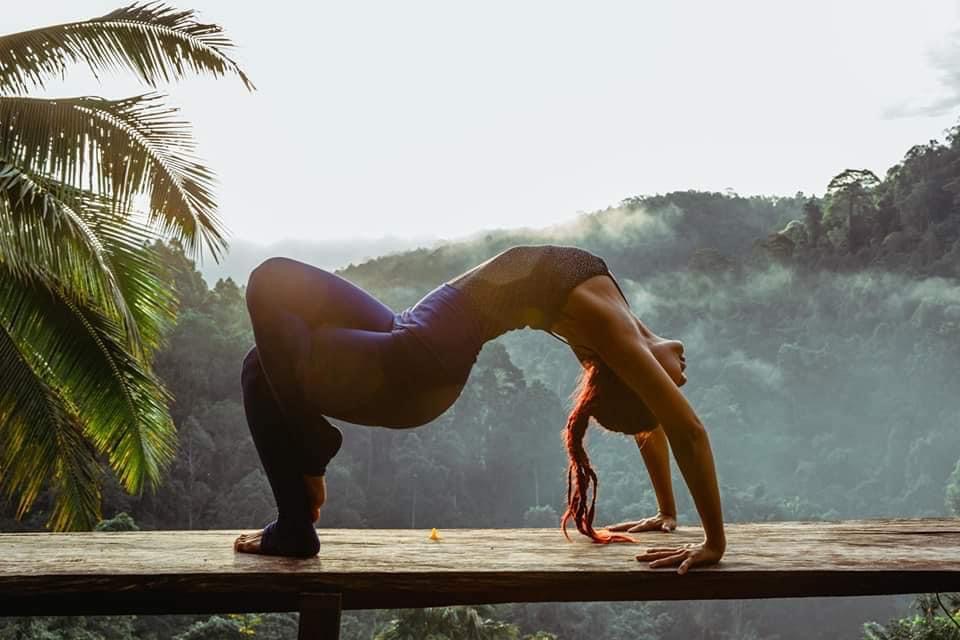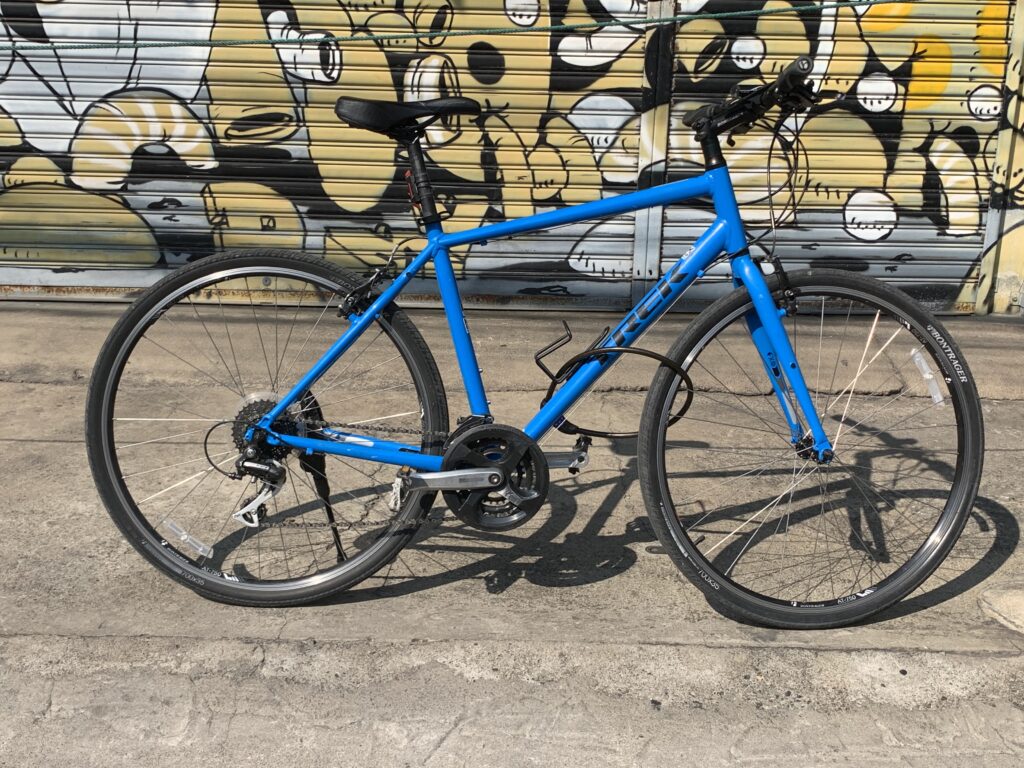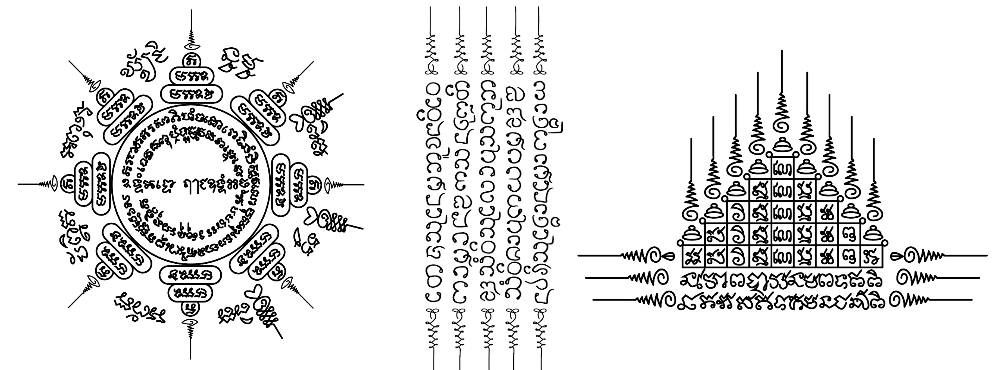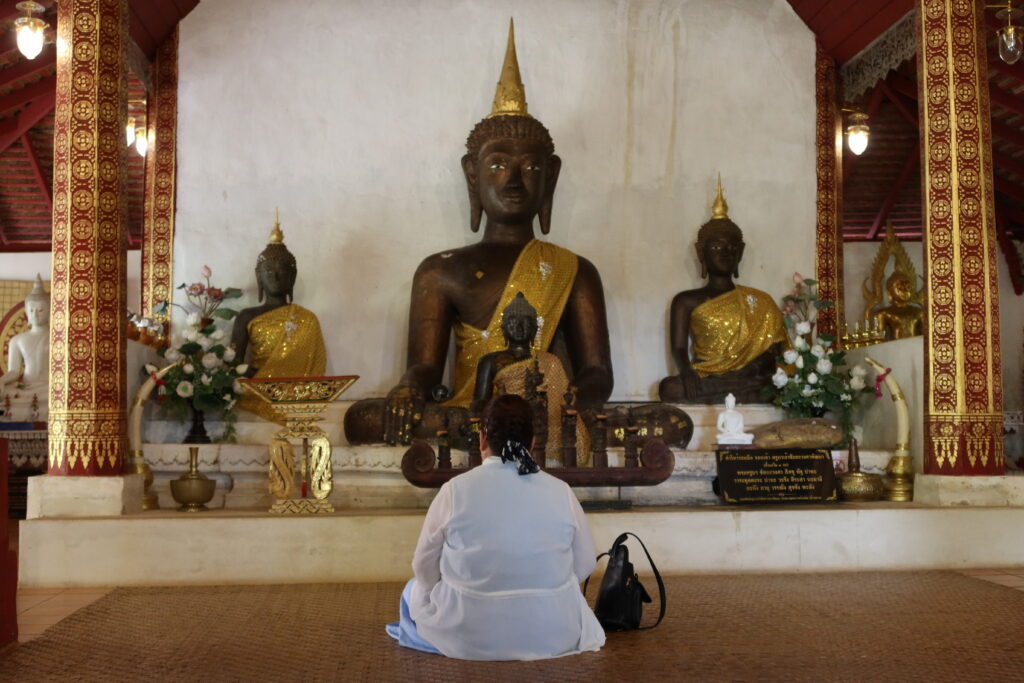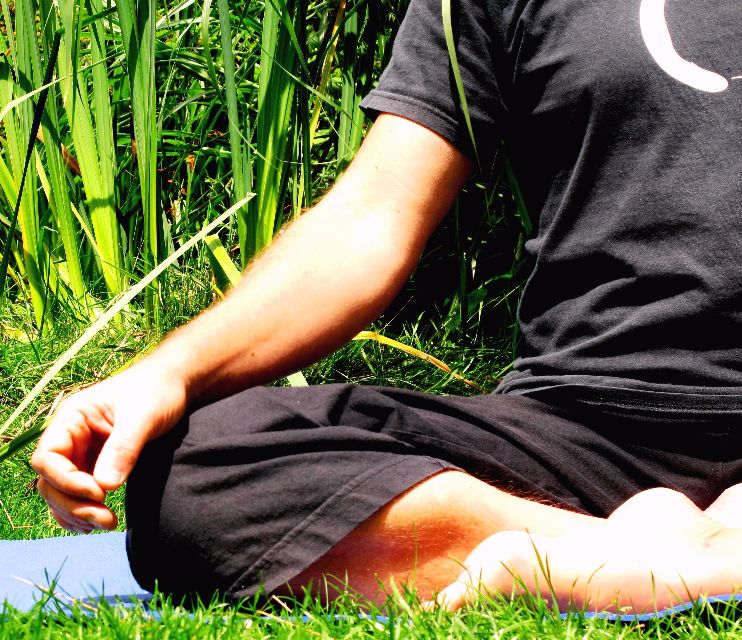
Part of my job as a massage therapist is to help people lose tension held in the body, this in itself can leave some people looking transformed. Sometimes it is recently accumulated tension, relieved by letting go and relaxing; sometimes it is older more chronic tension, more solidified in bodily tissues that needed a more active intervention, sometimes something of both. Either way, releasing tension is good for us and holding tension in the body is not for a variety of reasons:
- It feels unpleasant.
- we feel contracted and tight.
- It can restrict breathing.
- Muscles feel gripped.
- It can constrict blood flow though vessels, tissues and organs.
- It can be at the seat of some body pain.
- It can steal our energy (it takes energy to hold tension).
- It can leave us anxious or depressed (though that is a chicken and egg story).
- Chronic tension and stress can have more pernicious effects on our physiology which can damage our health ( a longer story beyond the scope of this article).
Here are some suggestions around what causes it and how we can learn to handle it.
Continue reading “How does tension collect in the body ? How is it affecting us? What can we do about it?”